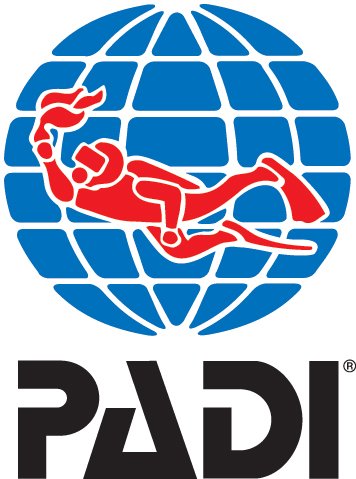So who fault is it?1. Far too many students are still taught all skills while kneeling and fully upright.
2. Far too many of the instructors who teach that way to not spend much time at all with students actually swimming while neutrally buoyant, either in the pool or in the OW--the focus is just on the kneeling skills. Once the skills are done, the class is over.
3. In order to teach students on their knees, the students must be significantly overweighted, or they will bounce around, tip over, etc.
4. Trim weights are rarely used, so all that overweighting is on the hips.
5. The overwighted divers need significant air to become neutral. With jacket BCDs, that will be on the upper body.
Summary: Students were taught to dive in an upright position, and when diving overweighted with weight on the hips and compensating buoyancy on the upper part of the body, the diver will naturally be in a legs down position.
I do not believe any agency advocates any of that, but that is what is happening as a natural consequence of focusing OW instruction on teaching basic skills on the knees.
Certainly not the students.
So how can anyone blame the end products.






